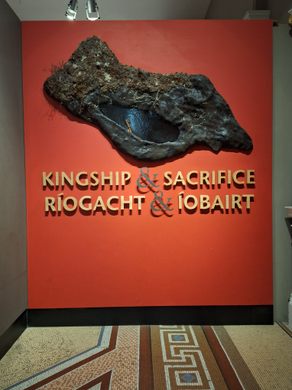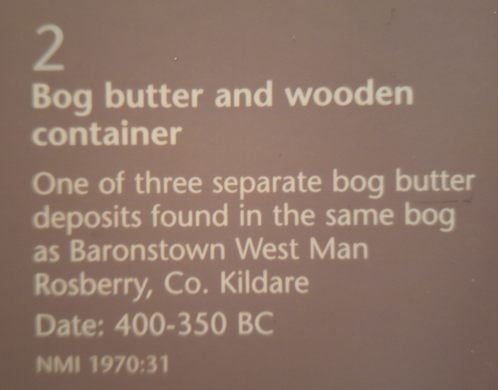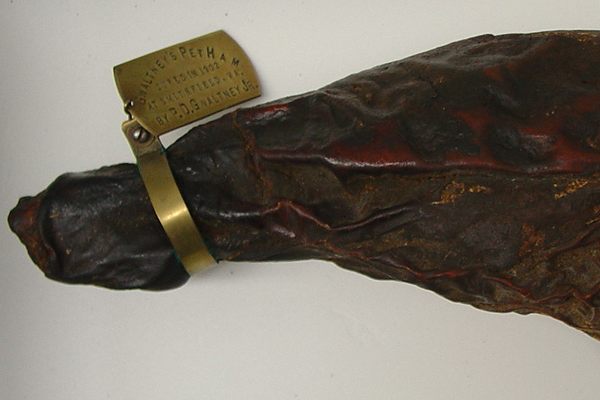AO Edited
Gastro Obscura
Ancient Bog Butter
The block of aged dairy is probably still edible after 2,300 years in a peat bog.
In rural Ireland, residents occasionally come across a block of bog butter while digging up peat to heat their homes. Incredibly, this butter has often laid buried—in wooden containers, earthenware pots, or animal skins—for hundreds of years. Even after all this time, it can still have a notably buttery texture and aroma, although the taste tends to be a little too aged for modern palates.
If you’d rather look and not taste, you can view a 2,300-year-old block of bog butter at the National Museum of Ireland’s archaeology branch. The butter, unearthed from a bog in County Kildare, is in the same wing as the museum’s more famous peat-preserved specimens: the “bog bodies,” remarkably intact ancient human remains that were also extracted from peat bogs.
So what exactly is bog butter? In the majority of cases, it’s exactly what it sounds like: cow’s milk butter that was buried in peat bogs. It can also describe beef tallow that was buried in a similar manner. Bog butters are typically several hundred years old, but some have been around for multiple millennia. According to one archaeologist, their aroma is often pungent and “slightly offensive.”
Why did people bury their butter in a bog in the first place? The most prevalent theory involves simple preservation. Being cool, low in oxygen, and high in acidity, these bogs were excellent at preserving perishable items (hence the well-preserved human bodies).
Other theories argue that people buried the butter as an offering to the gods or as a method of protecting important stores from thieves and invaders. If your village was about to be occupied by hostile forces, where better to hide your valuable butter supplies than six feet down in a bog?
Know Before You Go
Located in the "Kingship and Sacrifice " room, which is on the left hand-side from the entrance.

























Follow us on Twitter to get the latest on the world's hidden wonders.
Like us on Facebook to get the latest on the world's hidden wonders.
Follow us on Twitter Like us on Facebook